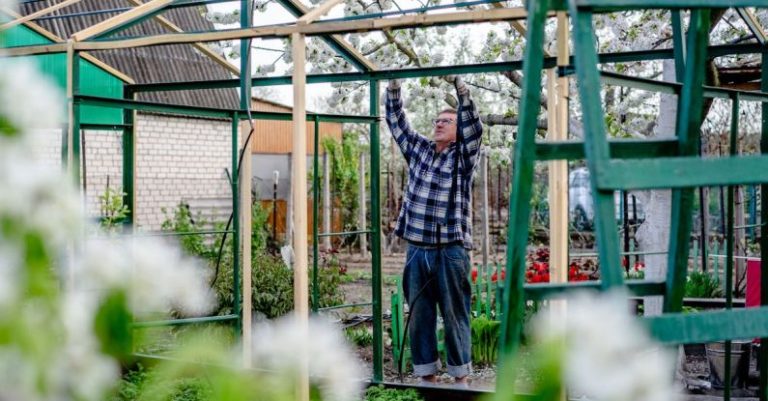Build Your Own Composite Bike Frame: Challenges and Rewards
Building Your Own Composite Bike Frame: Challenges and Rewards
Cycling enthusiasts often seek ways to customize and enhance their riding experience. One way to achieve this is by building a composite bike frame from scratch. While this project can be rewarding, it also comes with its fair share of challenges. Let’s delve into the process of building your own composite bike frame and explore the obstacles and benefits that come with it.
Understanding Composite Materials
Composite materials are a combination of two or more different materials that, when combined, create a new material with enhanced properties. In the case of bike frames, carbon fiber is a popular choice due to its strength, light weight, and stiffness. Before diving into the construction process, it’s essential to have a good understanding of composite materials and how they behave under different conditions.
Designing Your Frame
The first step in building a composite bike frame is designing it. This involves determining the frame geometry, tube shapes, and layup schedule. The layup schedule refers to the orientation of the carbon fiber layers within the frame, which has a significant impact on its stiffness and strength. Designing a frame that meets your specific riding needs and preferences is crucial to the success of your project.
Mold Making
Once the design is finalized, the next step is to create a mold for the frame. The mold serves as a template for shaping the carbon fiber layers and provides the frame with its final geometry. Making a mold can be a complex process that requires precision and attention to detail. Whether you choose to make the mold yourself or outsource this step, ensuring its accuracy is essential for producing a high-quality frame.
Laying Up the Carbon Fiber
With the mold in hand, it’s time to start laying up the carbon fiber. This process involves cutting the carbon fiber fabric to the desired shapes and sizes, applying resin, and layering the fabric in the mold according to the predetermined layup schedule. Each layer must be carefully placed to ensure optimal strength and stiffness in the final product. Attention to detail is key during this step to avoid any imperfections that could compromise the frame’s integrity.
Curing and Finishing
After the carbon fiber layers are laid up in the mold, the frame must go through a curing process to harden the resin and bond the layers together. This typically involves placing the mold in an oven or using vacuum bagging techniques to apply pressure and heat. Once the frame is cured, it can be removed from the mold and finished to achieve the desired surface quality. Sanding, painting, and clear coating are common finishing techniques used to give the frame a professional look.
Challenges of Building a Composite Bike Frame
Building a composite bike frame is a labor-intensive process that requires patience, skill, and attention to detail. One of the main challenges is the complexity of working with composite materials, which may be unfamiliar to those new to the craft. Achieving the desired frame geometry, stiffness, and weight requires precision throughout each step of the construction process. Additionally, mistakes made during the layup or curing process can result in a structurally compromised frame.
The Reward of a Custom Bike Frame
Despite the challenges, the rewards of building your own composite bike frame are numerous. One of the greatest benefits is the ability to create a custom frame that is tailored to your specific riding style and preferences. You have full control over the design, materials, and geometry of the frame, allowing you to build a bike that perfectly suits your needs. Additionally, the sense of accomplishment that comes with riding a bike you built yourself is unparalleled. Knowing the time and effort you put into creating a high-performance piece of equipment adds a special element to your cycling experience.
In Conclusion: Embrace the Journey
Building your own composite bike frame is a challenging yet rewarding endeavor that offers a unique opportunity for customization and self-expression. By understanding the intricacies of working with composite materials, designing a frame that meets your needs, and meticulously executing each step of the construction process, you can create a one-of-a-kind bike that reflects your passion for cycling. Embrace the challenges, relish the rewards, and enjoy the journey of building your very own composite bike frame.






